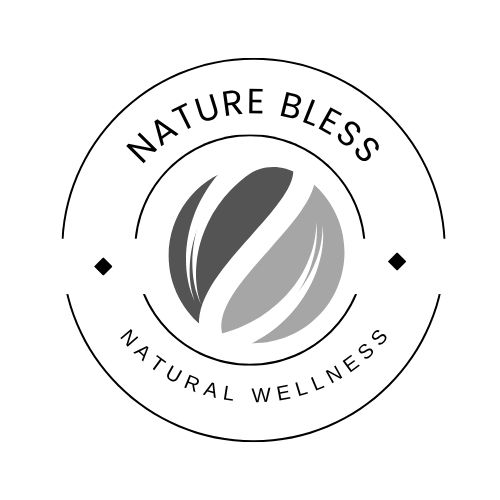You need to picture your home having its air smell fresh and clearing itself up naturally. Herbal air purifiers do exactly that. They are not mere pretty plants, but super plants that strip toxins, boost oxygen and even lower stress, all without a plug or filter. With NASA research and centuries of herbal knowledge behind them, these green allies address all sorts of problems, including formaldehyde in furniture and bacteria in the air. So you are ready to change your space? Here are five herbal air purifiers that work harder than any synthetic device.
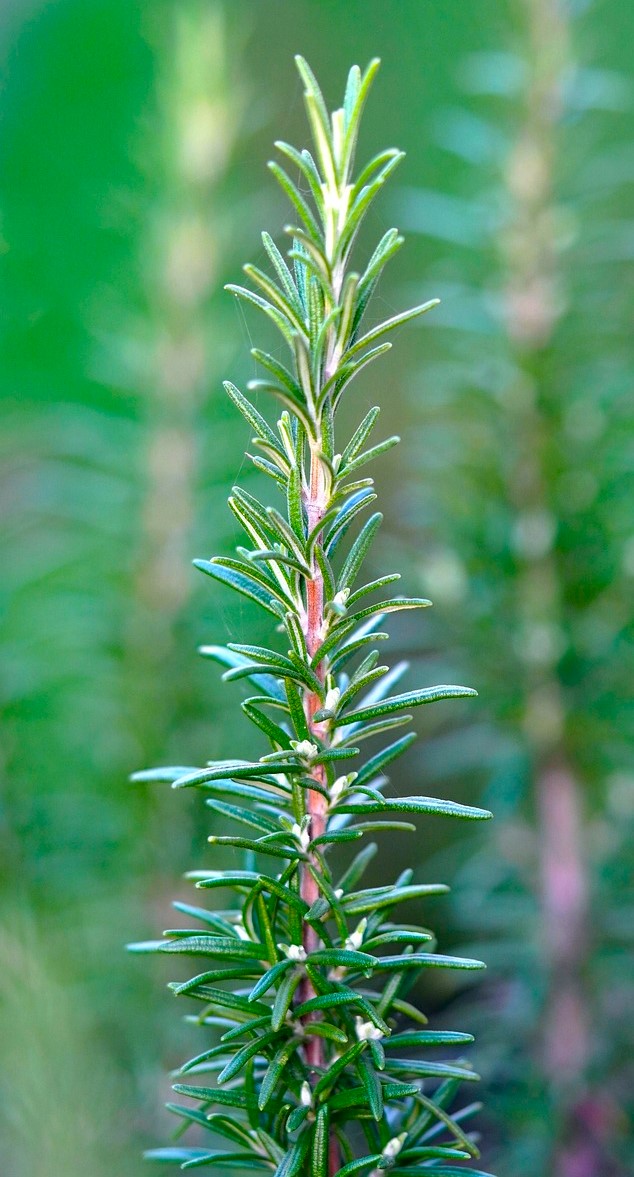
1. Rosemary (The Anti-microbial Protector)
The reason it works
Rosemary (Rosmarinus officinalis) is not only good with roast dinner. Its volatile oils, which contain cineole and camphor, destroy airborne bacteria and mould spores. One study conducted in 2016 reported that it clears the pathogens in the indoor air by as much as 60 per cent.
How to use it
✔ Position: Bright windowsill (it will do best with 6+ sunlight).
✔ Extra: Cut sprigs to cook with, two tasks in one, snip sprigs as a detoxing herb.
“The smell of rosemary can enhance memory by 15 per cent in isolation.” – Journal of Neurochemistry
2. Lavender: The De-stressing Cleaning Agent
The reason it works
Lavender’s linalool molecules neutralise benzene (a typical toxin in plastics) and reduce cortisol. The University of Miami research indicates that it decreases anxiety by 20 per cent in polluted areas.
How to Use It
✔ Location: Bedroom or home office (the latter ozone cleans the air).
✔ Pro Tip: Dry flowers to make sachets to keep moths away.
3. Mint: The Neutraliser of Pollution
The Reason Why It Works
Peppermint and spearmint act on formaldehyde (contained in cleaning products) and humidify. A 2020 study has associated mint-filled rooms with a 30 per cent reduction in respiratory irritants.
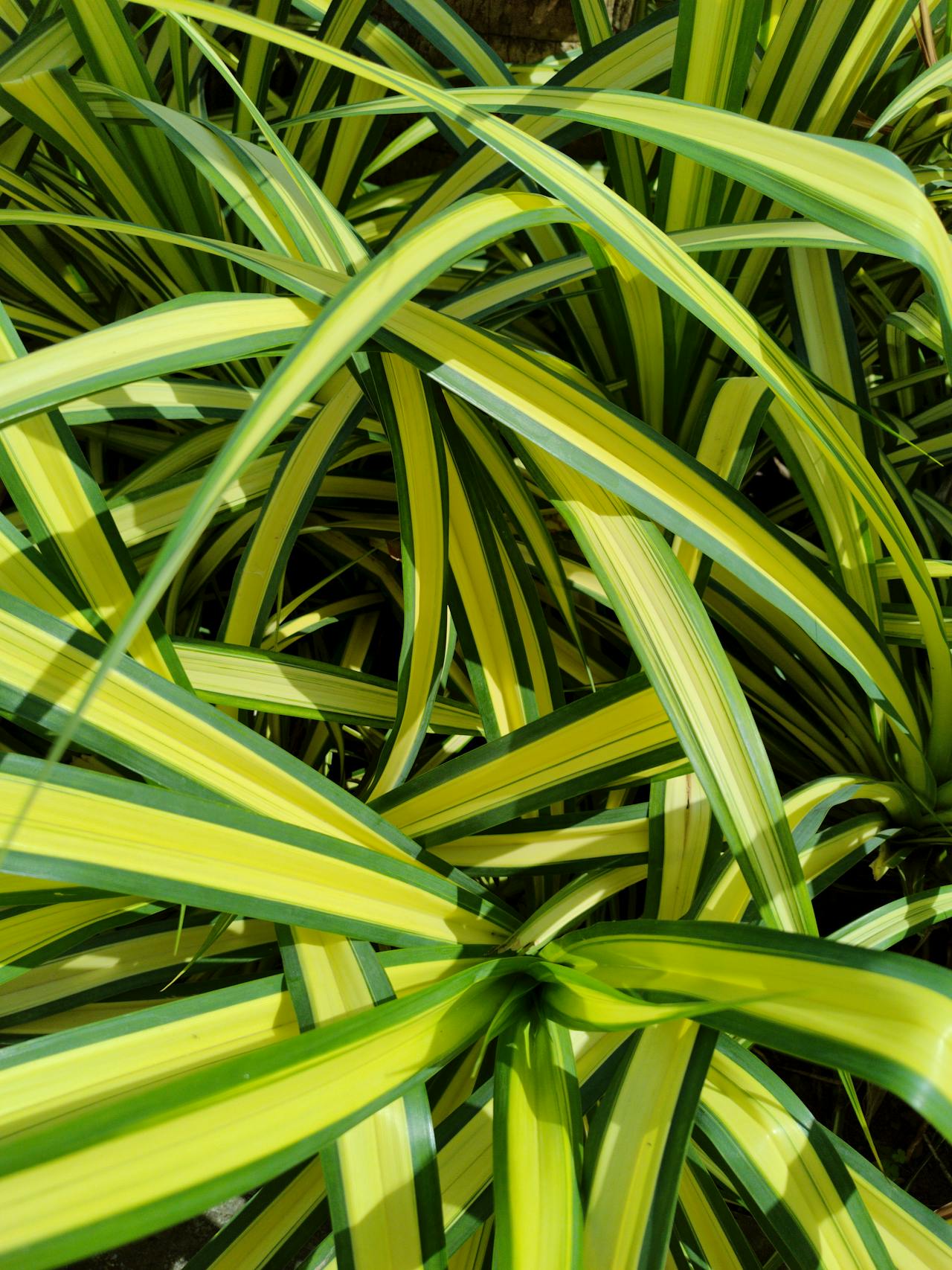
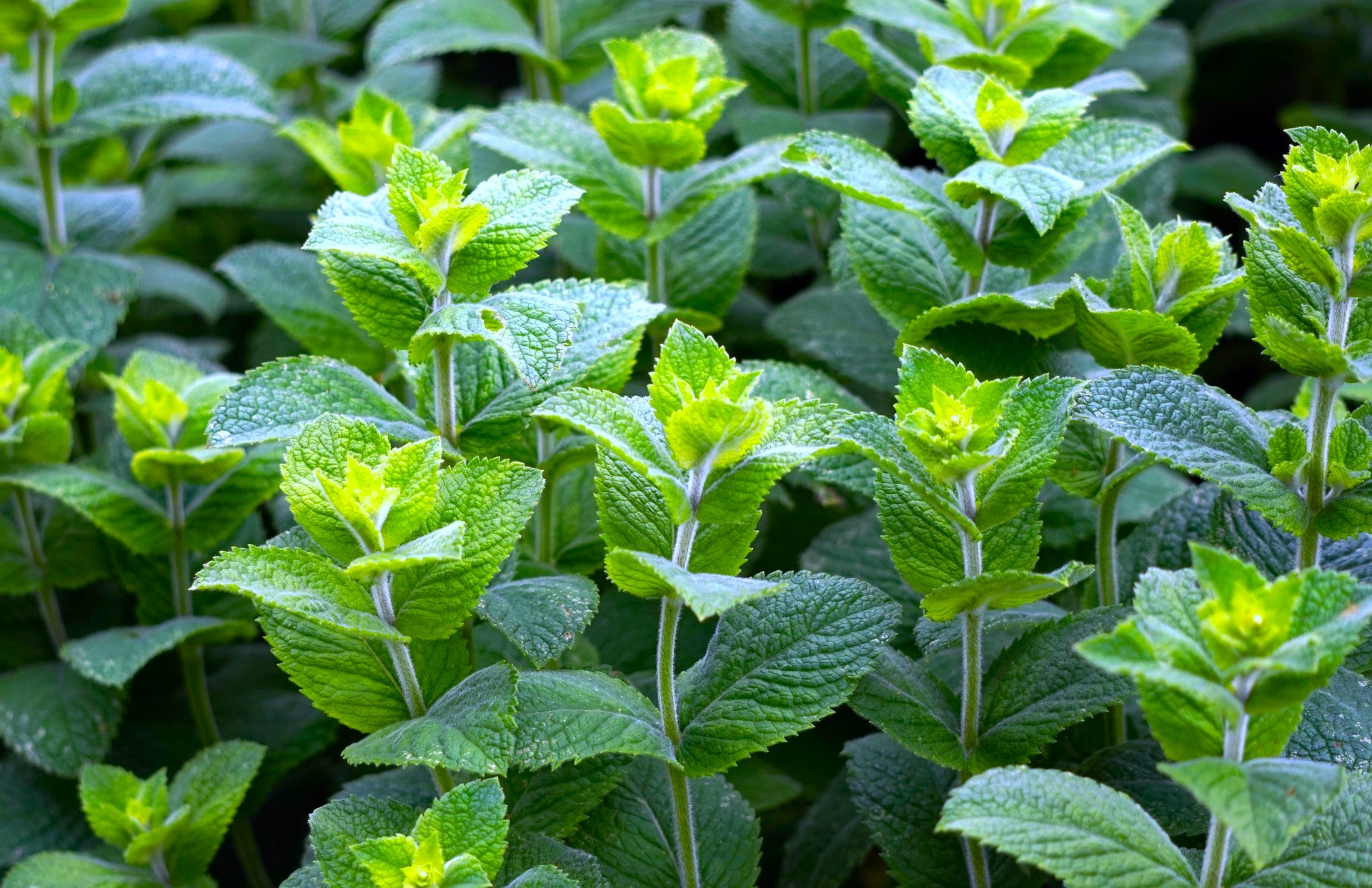
How to Use It
✔ Location: In the bathroom (its favourite place is moisture) or near printers (it neutralises ozone).
✔ DIY: Boil up leaves as well as citrus that fight toxins into a room spray.
4. Spider Plant: The Heavy Metal Killer
The Reason It Works
This robust herb (Chlorophytum comosum) extracts xylene, carbon monoxide from the air. Its ability to purify the air makes NASA rank it as one of the top 3 plants.
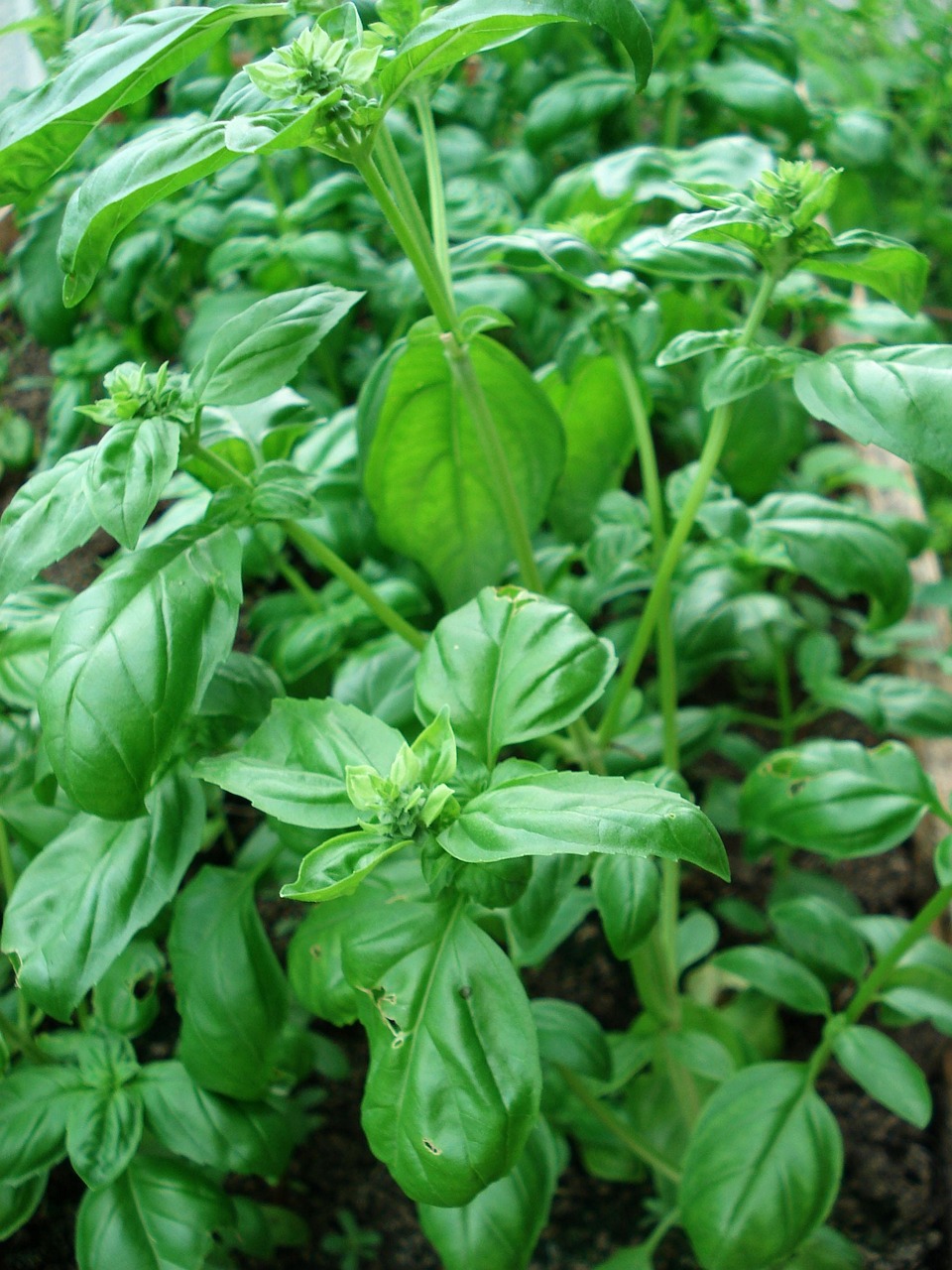
How to Use It
✔ Placing: Pots close to the doorways (traps pollutants from shoes).
✔ Gardener-Friendly: It likes the shade and does not mind being irrigated only occasionally.
5. Basil: The Oxygen Booster
Why It Works
A study in Environmental Health Perspectives has determined that holy basil (Ocimum sanctum) produces 40% more oxygen at night than normal plants. There is also a reduction of ammonia (which is common with cleaners).
How to Use It
✔ Location: To be better at sleep, the bedside table.
✔ Harvest: You can cut the leaves to promote growth.
Herbal Air Purifiers – Comparison Table
| Plant | Toxins Spread | Best Place | Good Care Level |
|---|---|---|---|
| Rosemary | Bacteria, mould | Sunny kitchen | Moderate |
| Lavender | Benzene, CO2 | Bedroom | Easy |
| Mint | Formaldehyde | Bathroom | Very easy |
| Spider Plant | Xylene, CO | Entryway | Neglect-proof |
| Basil | Ammonia | Bedside | Moderate |
Key Takeaways
-
Rosemary is anti-germ; it is ideal in kitchens.
-
Lavender decongests benzene and relaxes the nerves.
-
Mint addresses formaldehyde and dry air.
-
Spider Plant takes away heavy metals easily.
-
Basil enhances oxygen at night to permit a restful sleep.
“In a nutshell, plants are the lungs of your home, and by selecting the proper plants, they will breathe on your behalf.”
Conclusion
Herbal air purifiers offer a living, breathing solution to indoor pollution, no electricity required. These five plants have the power to purify air without any noise, and even in the case of having a detoxing city apartment, these plants can clean the air. Begin with just one (consider lavender, touted as anti-stress, or spider plants, which are said to have the lowest effort requirement) and leave it to nature to take care of the rest.
Your Turn: What kind of herb do you intend to take home first? Check it out; comment!
